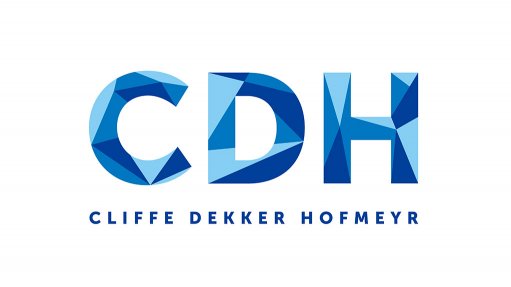
The conditions differ slightly from those put up by the Commission
Although it is somewhat unusual for the Tribunal to adjust agreed conditions, the Tribunal is required to exercise its inquisitorial powers to interrogate whether conditions are rational and reasonable adequately address concerns. So it does from time to time make adjustments or send the parties back to make changes. In this case, however, I think the intervention by third parties likely led to the adjustments, to accommodate their concerns. I suspect that the Tribunal would not have revised the conditions that unilaterally but rather brokered an agreed outcome.
The conditions will be a challenge to implement and monitor
The conditions are wide-ranging and cover a multitude of issues so will be a challenge to both the parties to ensure compliance and the Commission to monitor. Many of the conditions protect stakeholders so there will be an element of monitoring by complaint if the parties do not get it right. One thing worth noting is the express reference to the "spirit of the conditions" which will make it difficult for the parties to find loopholes in the event of inadvertent lacunae. Such lacunae are likely given the way in which the conditions would have been negotiated, added to and amended in fits and starts to accommodate various stakeholders.
One key change is to the cooler access condition: thanks to intervention from competitors, this has been extended to all outlets (previously "retail outlets and taverns") where coolers are solely supplied by the merged entity and beyond small beer producers to include (albeit to a lesser extent) ciders of all competitors (ie, even large cider producers). The merged entity is also expressly precluded from seeking exclusivity in any outlet (save for during sponsored events).
What does it mean for competition regulation?
I'm not sure that all the conditions are truly merger specific and so whether one sees these conditions as the zenith or the nadir of the authorities' policy on public interest and the regulation of "mega-mergers" they certainly a new watershed in merger control policy – notably the willingness to drive broader competition policy agendas through contested mergers. I do not believe that less high-profile transactions will garner a similar approach, but certainly those looking to put together very large transactions with multinational dimensions ought to steel themselves for a challenging time.